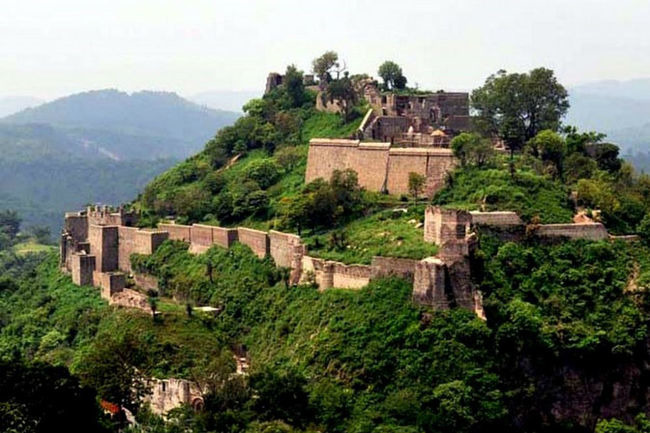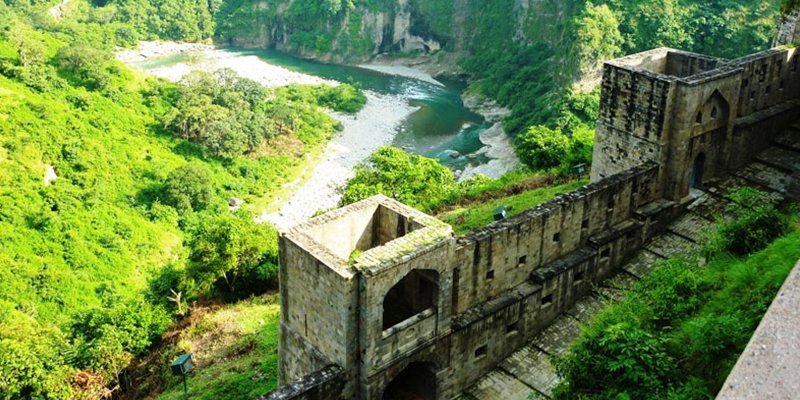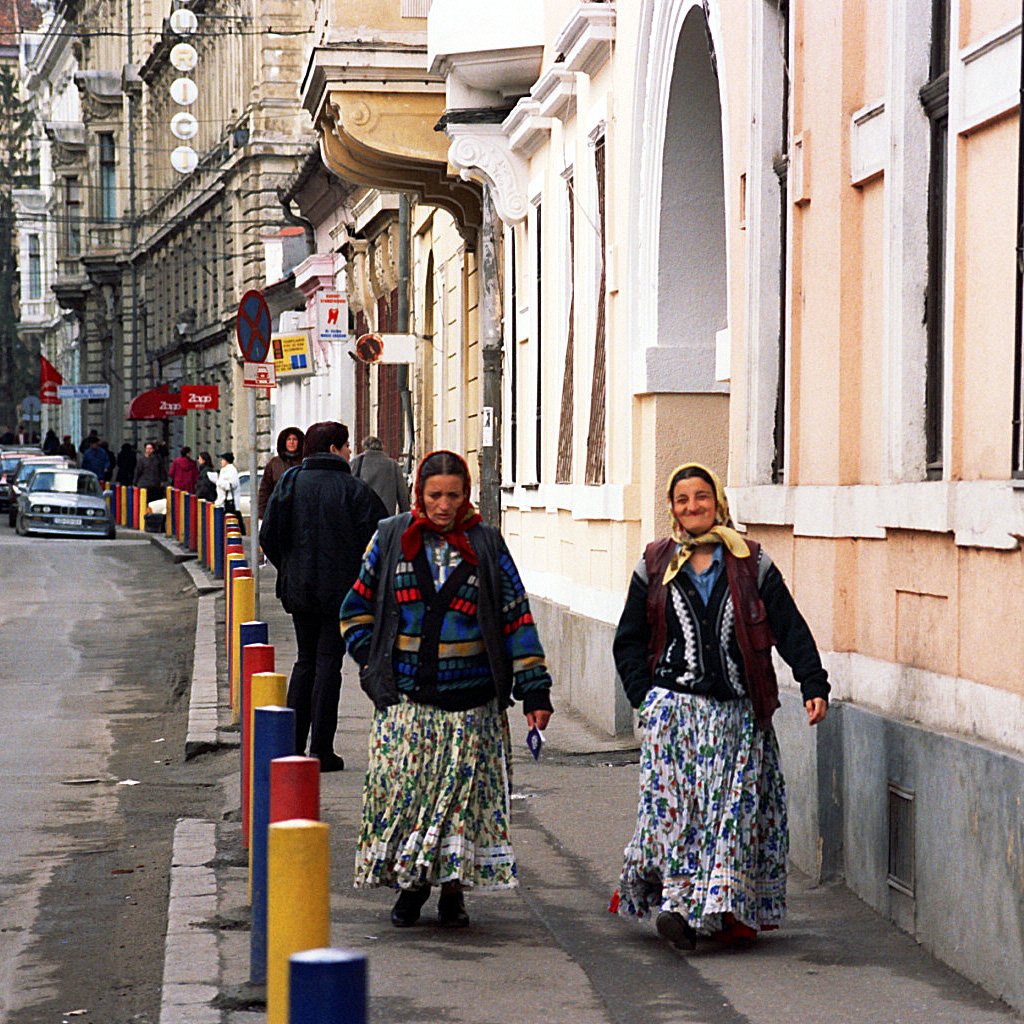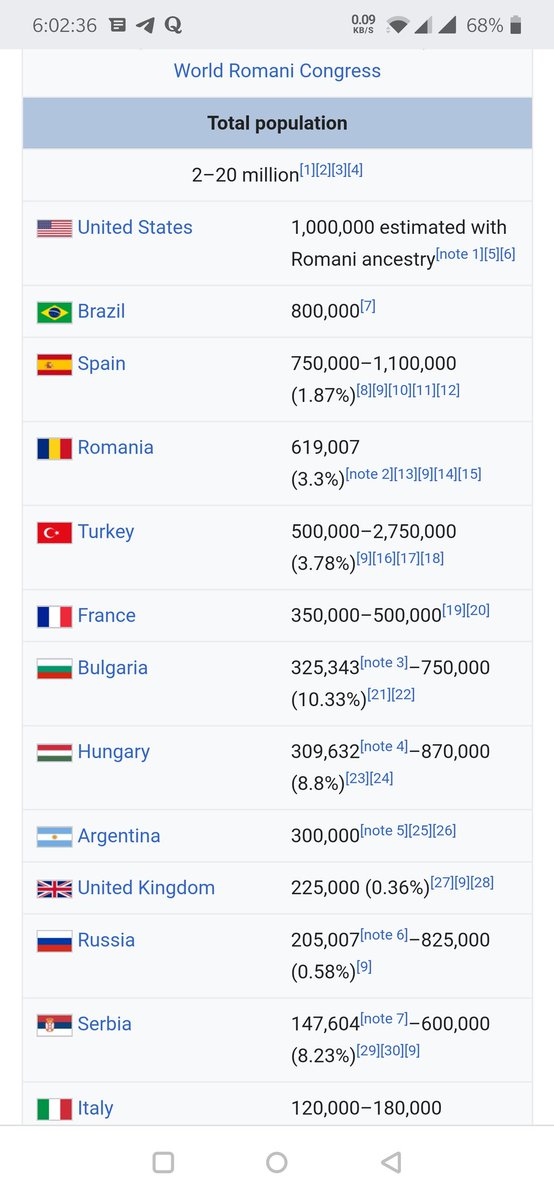1/
Kangra fort Is the oldest surviving fort of India. It has unsunug stories from Mahabharata to Alexander to British Raj to tell.
#Thread
Kangra fort Is the oldest surviving fort of India. It has unsunug stories from Mahabharata to Alexander to British Raj to tell.
#Thread

2/
As per legends, Maharaja named Susharma Chandra, fighting for the Kauravas, was engaged to distract Krishna and Arjun by luring them away, to the other side of the chakravyuh. This maharaja belonged to Katoch Dynasty
As per legends, Maharaja named Susharma Chandra, fighting for the Kauravas, was engaged to distract Krishna and Arjun by luring them away, to the other side of the chakravyuh. This maharaja belonged to Katoch Dynasty

3/
As per another legend, Katoch was born out of the first Sweat Drop fallen from Devi Ambika's brow which helped Devi fighting 'Raktbeej'
In return, the Goddess gifted him the kingdom of Trigarta, of which Kangra was a part.
As per another legend, Katoch was born out of the first Sweat Drop fallen from Devi Ambika's brow which helped Devi fighting 'Raktbeej'
In return, the Goddess gifted him the kingdom of Trigarta, of which Kangra was a part.

4/
Once the Kauravas were defeated, the Maharaja is said to have left his seat in Multan and retreated to Kangra, where he took control of the kingdom of Trigarta and built the Kangra Fort to ward off his enemies.
Once the Kauravas were defeated, the Maharaja is said to have left his seat in Multan and retreated to Kangra, where he took control of the kingdom of Trigarta and built the Kangra Fort to ward off his enemies.

5/
Porus aka Purushottam lived here to make Alexander tooth sour
Src Harvinder Chandigarh • CC BY-SA 4.0
hpkangra.nic.in/gallery/kangra…
Porus aka Purushottam lived here to make Alexander tooth sour
Src Harvinder Chandigarh • CC BY-SA 4.0
hpkangra.nic.in/gallery/kangra…

6/
On the 23rd of the month of Kartik, Samvat 1839 (1782 AD), Raja Sansar Chand attacked Kangra Fort and defeated #Mughal (converted Mongolians) Governor, Saif Ali Khan as per Inscriptions in Takri and Persian.
clevelandart.org/art/2018.120

On the 23rd of the month of Kartik, Samvat 1839 (1782 AD), Raja Sansar Chand attacked Kangra Fort and defeated #Mughal (converted Mongolians) Governor, Saif Ali Khan as per Inscriptions in Takri and Persian.
clevelandart.org/art/2018.120
https://twitter.com/GemsOfIndology/status/1585435955686563840?s=20&t=z_-zEpd_x-doK03Ngwhxsw

7/
Inside fort devotees donation was stored in 21 4 meter deep wells.
As per Tarikh-i-Firishta, the fort’s wealth is described as “7,00,000 golden dinars; 700 maunds of gold and silver; 200 maunds gold in ingots; 2000 maunds of silver bullion and 20 maunds of various jewels”.
Inside fort devotees donation was stored in 21 4 meter deep wells.
As per Tarikh-i-Firishta, the fort’s wealth is described as “7,00,000 golden dinars; 700 maunds of gold and silver; 200 maunds gold in ingots; 2000 maunds of silver bullion and 20 maunds of various jewels”.
8/
It was Kangra's wealth that the invaders eyed for including Alexander, Ghazni
It was Kangra's wealth that the invaders eyed for including Alexander, Ghazni
9/
Some intricate details on the walls of Kangra Fort testimoning it's richness
Photo: Rafal Cichawa / Alamy Stock Photo
Some intricate details on the walls of Kangra Fort testimoning it's richness
Photo: Rafal Cichawa / Alamy Stock Photo

16/
When you go Kangra Mata Mandir next time do visit this least talked about most important Fort.
Please do share pictures, aI will retweet
When you go Kangra Mata Mandir next time do visit this least talked about most important Fort.
Please do share pictures, aI will retweet
• • •
Missing some Tweet in this thread? You can try to
force a refresh
























































